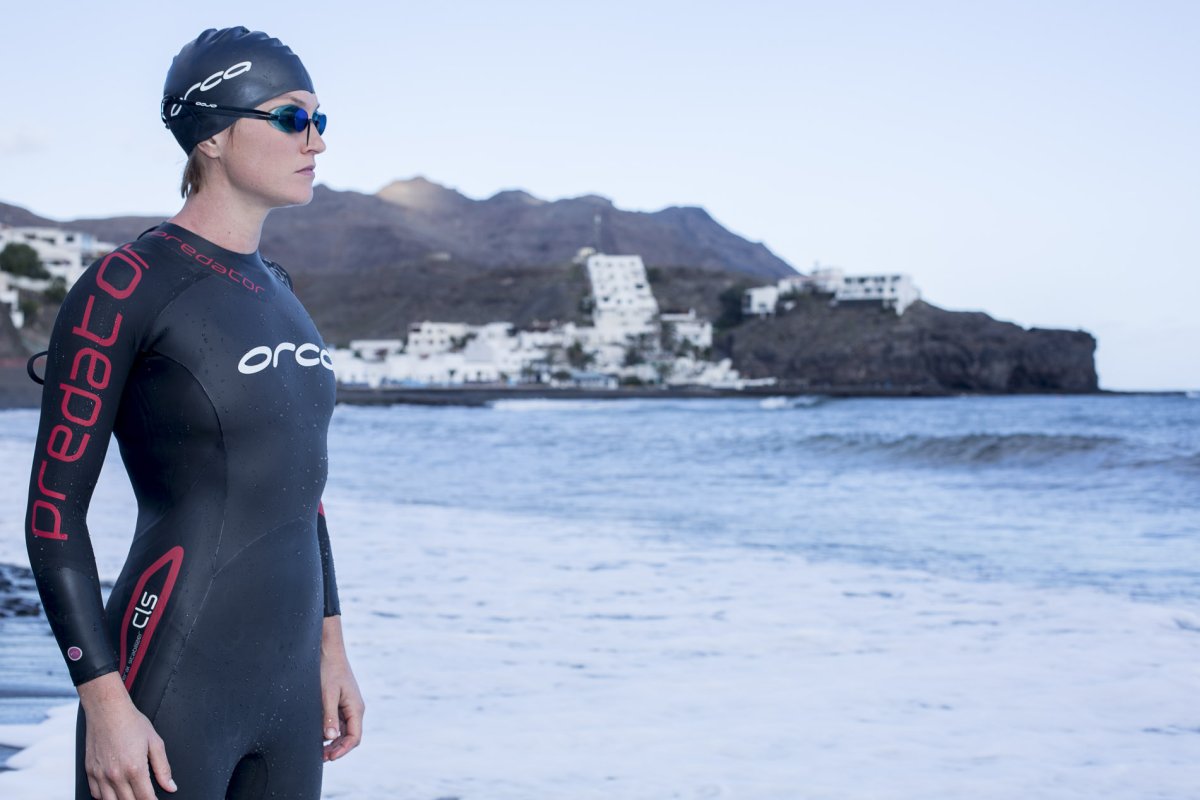

Ref: Wikipedia, livescience, pbs, fisheries.noaa, iwc, us.whales, nationalgeographic The film included testimony from former SeaWorld trainers and cetacean specialists, who argued that Tilikum’s stress directly led to his aggression towards humans. In 2013, the documentary film Blackfish laid bare the psychological toll of captivity, through the story of a wild-caught orca named Tilikum who had killed two trainers at SeaWorld Orlando. The stress of social disruption is compounded by the fact that orcas in captivity don’t have the ability to escape conflict with other orcas, or to engage in natural swimming behaviors in pools. Captive-born orcas are often transferred between facilities, breaking up social relationships. Scientists have documented several incidents of orcas (killer whales) working together to chase, attack, and eat blue whales. Even the blue whale, the largest creature to ever grace the Earth, cant always be sure to swim the seas unscathed. In captivity, orcas are kept in artificial social groups. It might be good to be the king, but even the most powerful rulers need to keep an eye out for conspiracies. In the wild, orcas live in tight-knit family groups that share a sophisticated, unique culture that is passed down through generations, research has shown. Usually related to stress and inappropriate habitats, stereotypic behavior has been documented in orcas in scientific research since the late 1980s. Orcas have been seen to develop stereotypies, also known as zoochosis repetitive patterns of activity that have no obvious function, which range from self-mutilation to rocking and swaying. Whether they’re born in the wild or in captivity, all orcas born have the same innate drive to swim far and dive deep.Īrtificial enclosures in captivity cannon offer that kind of range to orcas, contributing to boredom and stress. They dive 100 to 500 feet, several times a day, every day. They have evolved to swim up to 40 miles a day, foraging for food and exercising. However, it’s become increasingly clear that orcas do not thrive in captivity. Orcas are highly intelligent, social mammals that have long been a part of marine park entertainment, performing shows for audiences. In most cases, the bond between juvenile and mother will eventually weaken, and the young orca will go its own way,īut in some pods, the juvenile may stay with the pod it was born into its entire life. They give birth to one baby at a time, which may nurse for up to two years. Mothers give birth every three to ten years, after a 17-month pregnancy.

Orcas are protective of their young, and other adolescent females often assist the mother in caring for them. Resident pods tend to prefer fish, while transient pods target marine mammals.Īll pods use effective, cooperative hunting techniques that some liken to the behavior of wolf packs. These different groups may prey on different animals and use different techniques to catch them. There appear to be both resident and transient pod populations of orcas. Orcas hunt in deadly pods, family groups of up to 40 individuals.

They are known to grab seals right off the ice.


 0 kommentar(er)
0 kommentar(er)
